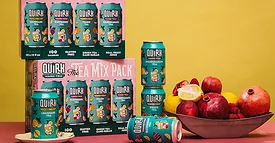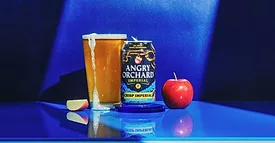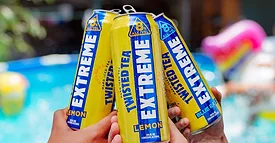Home » Keywords: » beer market report
Items Tagged with 'beer market report'
ARTICLES
As market faces declines, super-premium offers hope
Read More
2025 Beer Report: Non-alcohol beer aligns with consumers’ wants, needs
Higher quality offerings keeps beer segment fresh
March 5, 2025
2025 Beer Report: Craft beer sees divided results among players
Resiliency helps segment navigate shifting consumer preferences
March 4, 2025
2025 Beer Report: Flavored malt beverages continue their steady rise
Variety, flavor keep consumers’ interest in malt-based ready-to-drink alcohol
March 3, 2025
2025 Beer Report: Will import beer remain unstoppable?
Mexican beers lift segment, but tariffs’ impact looms
February 28, 2025
2025 Beer Report: Hard cider leans into flavor to lift category
Distribution, competition challenge hard cider growth
February 27, 2025
Special Report
2024 Beer Report | Non-alcohol beer posts strong results
Alcohol-free beer helps beer market maintain consumer base
March 7, 2024
Special Report
2024 Beer Report | Imported beer raining with success
Mexican beers core driver of segment’s success, experts note
March 7, 2024
Special Report
2024 Beer Report | Hard cider ready to make a comeback
Imperial ciders, adventurous flavor combinations driving hard cider’s performance
March 7, 2024
Special Report
2024 Beer Report | Flavored malt beverages shine in US beer market
Bold flavors drive interest in ready-to-drink alcohol space
March 7, 2024
Elevate your expertise in the beverage marketplace with unparalleled insights and connections.
Join thousands of beverage professionals today. Shouldn’t you know what they know?
JOIN NOW!Copyright ©2025. All Rights Reserved BNP Media.
Design, CMS, Hosting & Web Development :: ePublishing










